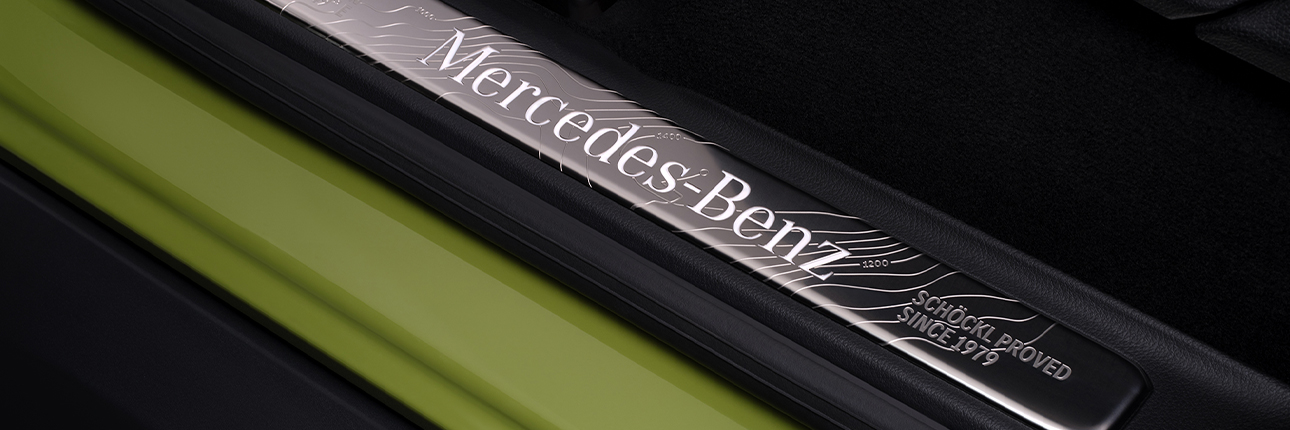We use cookies to make your experience better. To comply with the new e-Privacy directive, we need to ask for your consent to set the cookies. Learn more.


Did you know? A brief insight into Mercedes-Benz’s history of innovation
We’re all familiar with the modern Mercedes-Benz we all know and love today, but where did it all begin?
Mercedes-Benz is a key innovator in the production and progression of the motor vehicle, from being the first ever automobile built to inventing many of the safety features we take for granted today, such as airbags, ABS, and crumple zones. The patent of the first Benz patent automobile started a revolution.
The production of the world’s first automobiles
In 1886, the first automobile was patented with Karl Benz’ motorenwagen. In the same year, his wife made history as the first woman behind a wheel. Bertha Benz was also the first person to drive an automobile on a long-distance journey. She took her husband’s motorenwagen on a 180km drive to prove its authenticity, and along the way had the idea to cover the brake shoes with leather to improve the braking, thus becoming the inventor of brake pads.
Also in 1886, Gottleib Daimler produced his own automobile separately to Karl Benz. The two companies didn’t actually collaborate until after Daimler died. After years of cooperation, representatives of Benz & Cie and Daimler-Motoren-Geselleschaft signed an agreement for the merger of the two oldest automobile manufactures in the world in June 1926.
Where does the name come from?
The name ‘Mercedes’ comes from businessman and motor enthusiast Emil Jellinek, who sold Daimler automobiles and played a key part in calling for faster and more powerful cars to be used for racing. In 1899, Jellinek entered the French Riviera’s ‘Speed Week’ with the pseudonym ‘Mercedes’, which was his daughter’s name. This laid the foundation stone for Mercedes-Benz’s successful racing traditions.
In April 1900, an agreement was signed to develop a new engine called Daimler-Mercedes, which allowed Mercedes to become a product designation. The name became protected by law in 1902. The 1926 merger of the two companies was the beginning of the Mercedes-Benz era.
The revolution of safety features
Many of the safety features we take advantage of today were introduced by Mercedes-Benz, from ESP (Electronic Stability Programme) to brake assist.
Crumple zones were introduced in 1959 with the 220 models. This allowed the front and rear ends of the car to crumple in an accident taking most of the impact, meaning the driver and passengers were at less risk of harm in a collision.
In 1978, production began on ABS (Anti-lock Braking System), which was first sold on a vehicle in 1980 before becoming the norm. 1981 saw two major safety features implemented: airbags and seatbelt pre-tensioners.
Key dates and models
In 1909, the infamous three-point star Mercedes logo was born. 15 years later in 1924, the Mercedes became the first passenger road car to feature brakes on all four wheels. In 1936, the Mercedes-Benz 260 D was the first diesel-powered passenger car. The 1950s saw the highly-anticipated 1954 Mercedes-Benz 300 SL Coupe become the dream sport car of the decade.
